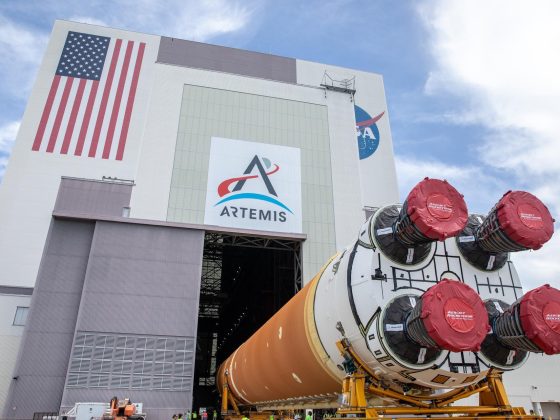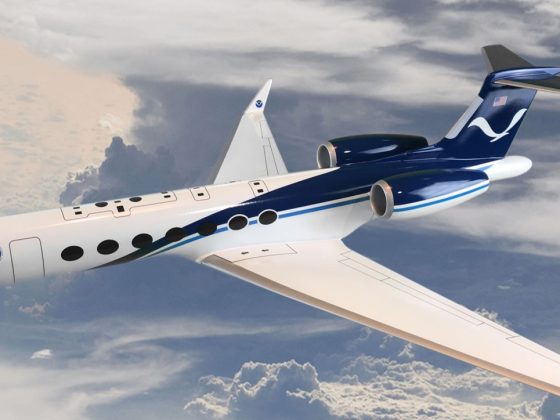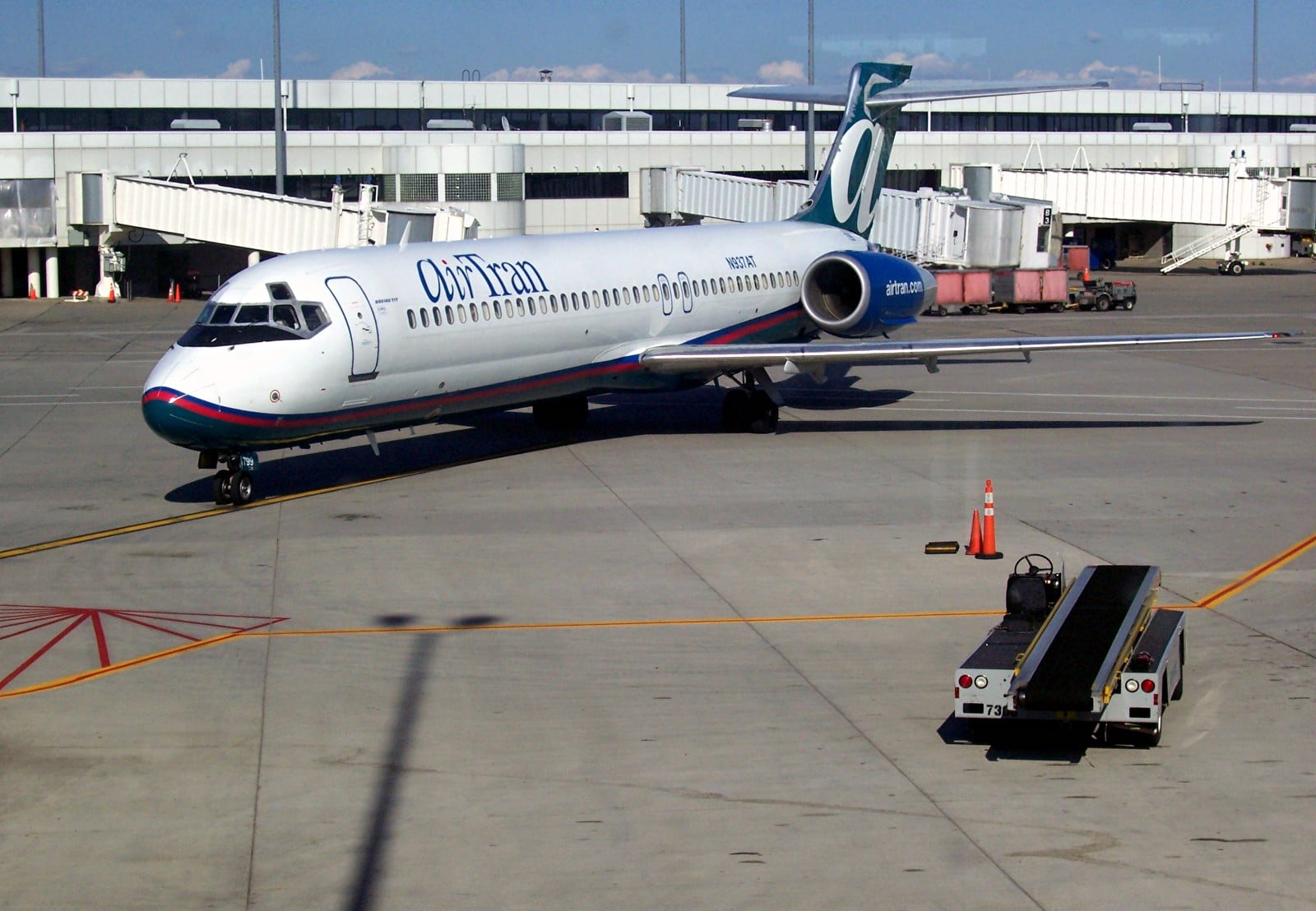The NTSB has released their final report on a fatal 2021 crash of a 1966 Cessna 182H in St Louis, Michigan. They found that the likely cause was due to the pilot was posting to social media 35 seconds before the deadly accident occurred.
It’s a sad story that was completely preventable. Unfortunately we occasionally see pilots post on social media at inopportune times. For 23 year old Slade Martin it cost him his life.

NTSB findings
Martin was the only soul onboard, and was posting to Snapchat during a low-level pipeline patrol just before he hit a radio tower guy wire. The plane’s left wing was sheared off, sending the Cessna into the ground 0.3 miles away. It then burst into flames.
“Based on the known information, it is likely the pilot was distracted while he used his mobile device in the minutes before the accident and did not maintain an adequate visual lookout to ensure a safe flight path to avoid the radio tower and its guy wires,” says the NTSB. “Contributing to the accident was the pilot’s unnecessary use of his mobile device during the flight, which diminished his attention/monitoring of the airplane’s flight path.”
Investigators used radar, GPS data and screenshots from a friend of Martin, showing the Snapchat post. Snapchat posts only stay visible for 24 hours. So investigators could not verify until a friend provided screenshots.

Final minutes before tragedy
No evidence of a mechanical issue or failure was ever found. Below are the NTSB’s findings about Martin’s last minutes before the tragic accident occurred:
“About 15 seconds before the accident, the airplane was about 0.65 miles southeast of the tower in a shallow right turn when it entered a climb from 475 ft agl. At the final radar return, about 600 ft east-southeast of the tower, the airplane’s altitude, calibrated airspeed, and climb rate were about 1,370 ft msl, 104 knots, and 1,575 ft per minute, respectively. The airplane’s final altitude was 370 ft below the top of the radio tower and its ground track was toward the guy wires located on the northeast side of the radio tower. Based on the airplane’s ground track and rapidly increasing climb rate, the pilot was likely trying to avoid the tower guy wires during the final moments of the flight.”









